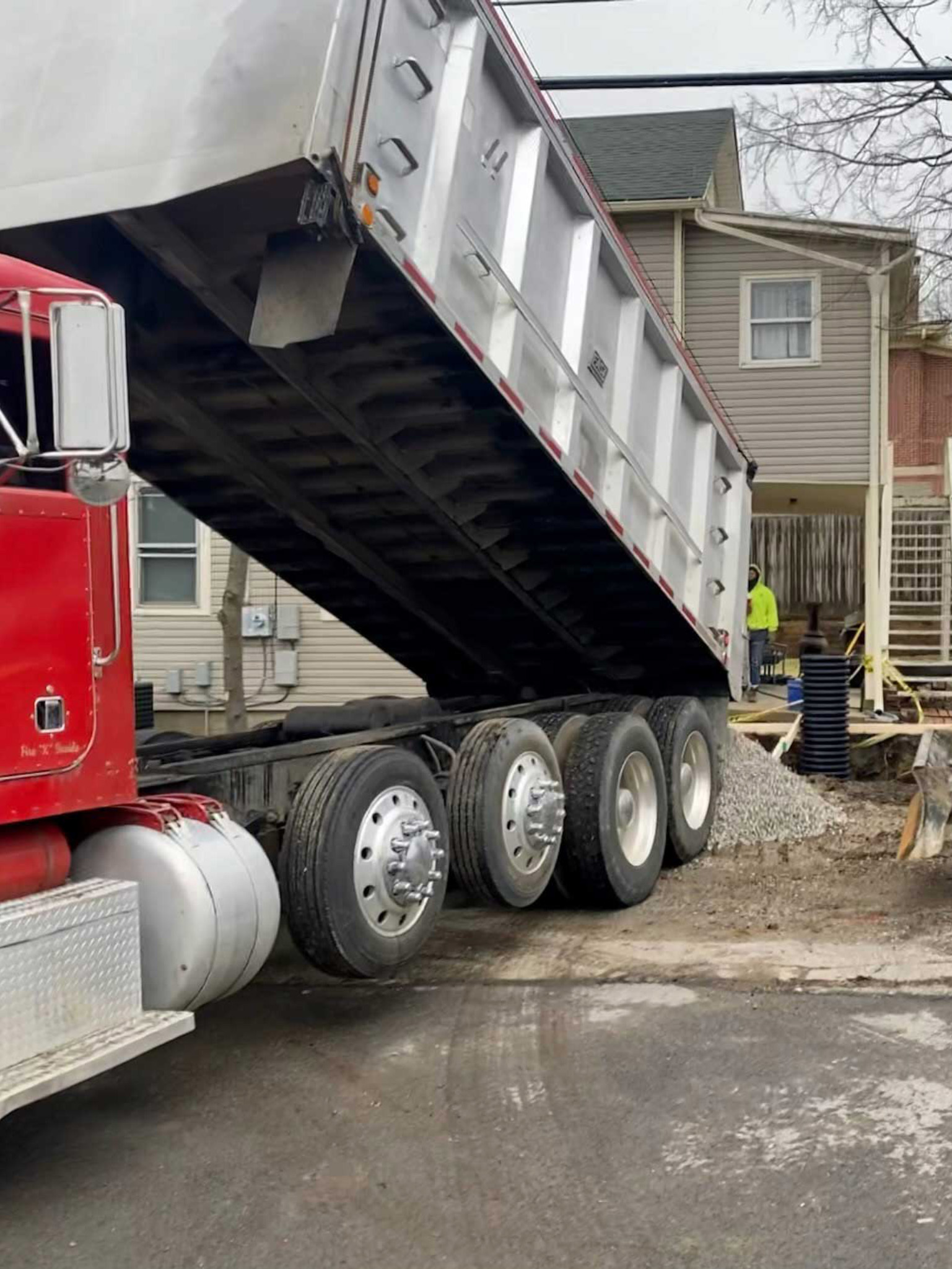Best Dump Truck Companies in Ohio - Top-Rated Dump Truck Providers
Best Dump Truck Companies in Ohio - Top-Rated Dump Truck Providers
Blog Article
Comprehensive Excavation Methods: Understanding the Principles for Success
The careful planning, precise execution, and thorough attention to detail required in excavation projects demand a comprehensive technique that encompasses various fundamental elements. The true proficiency exists not simply in comprehending these principles yet in effortlessly integrating them to browse the intricacies of excavation projects with skill.
Understanding Excavation Job Preparation

Effective excavation projects are developed on the structure of precise and complete planning. The first stage of any excavation task is the preparation stage, where important decisions are made that can dramatically affect the end result of the project. Throughout this stage, it is vital to gather all appropriate info about the site, consisting of topographical surveys, dirt make-up, and any type of possible hazards that may exist. Understanding the task budget plan, extent, and timeline restraints is essential for creating a thorough excavation plan that guarantees the project's success.
One secret facet of excavation task planning is the development of a detailed timeline that details the sequence of deadlines, tasks, and landmarks. This timeline acts as a roadmap for the task group, enabling them to track development and make essential changes to guarantee the task remains on schedule. Furthermore, a well-defined budget plan that represents all expenditures, consisting of tools rental, labor prices, and products, is vital for staying clear of cost overruns and delays. By very carefully taking into consideration all these elements throughout the drawing board, excavation jobs can be carried out efficiently and properly, resulting in successful end results.
Soil Evaluation and Website Assessment
Conducting detailed dirt analysis and website examination is a crucial action in the preparation phase of any kind of excavation task. Dirt evaluation includes identifying the composition, framework, and residential or commercial properties of the soil at the excavation site. This info is important for comprehending the dirt's bearing capability, dampness content, and potential for erosion, which are essential factors in figuring out the excavation approaches and equipment required for the job.
Website examination surpasses soil evaluation and encompasses a more comprehensive analysis of the total site conditions. This analysis includes determining any possible threats, such as below ground utilities, ecological concerns, or unpredictable surface, that can influence the excavation process. By completely assessing the website, project supervisors can create reliable excavation methods that prioritize safety, effectiveness, and ecological security.
Making use of advanced modern technologies like ground-penetrating radar, soil sampling, and drone studies can improve the accuracy and efficiency of soil analysis and site assessment. Investing time and sources in these preliminary steps can ultimately conserve time and stop costly hold-ups or complications during the excavation process.
Equipment Choice and Use
Efficient excavation tasks count heavily on strategic tools choice and utilization to guarantee optimal performance and productivity. Selecting the ideal devices for the job is important in taking full advantage of efficiency and minimizing downtime. Aspects such as the kind of soil, deepness of excavation, and job scope play a significant duty in determining one of the most suitable equipment for the job available.

Along with picking the suitable devices, correct usage is key to task success. Operators has to be educated to handle the devices securely and effectively - lancaster trenching. Regular maintenance checks and prompt repair services help protect against break downs and ensure consistent efficiency throughout the task
Precaution and Rules Conformity
In the world of excavation projects, focusing on precaution and compliance with laws is vital to ensuring a legally sound and protected operational atmosphere. Security actions incorporate a variety of practices, including carrying out detailed site assessments, implementing correct signage and barriers, and offering sufficient security training for all employees associated with the excavation procedure. Adherence to regulations, such as OSHA demands in the United States, makes certain that the excavation task meets the essential standards to secure employees, spectators, and the surrounding atmosphere.
Monitoring Progress and Adjusting Strategies
How can forecast supervisors efficiently track the development of excavation tasks and adjust their methods as necessary to maximize results? Monitoring progress is important for making certain that excavation projects remain on track and meet deadlines. Project supervisors can make use of different devices and methods to track progression, such as everyday report card, routine website inspections, and advanced monitoring innovations like drones and general practitioners tracking systems. By continually keeping track of the task's advancement, supervisors can recognize any prospective hold-ups or issues at an early stage and take aggressive actions to resolve them.

Verdict
To conclude, grasping the basics of extensive excavation techniques is crucial for the success of any task. By recognizing task planning, assessing soil and website problems, choosing proper tools, adhering to safety and security regulations, and monitoring development, project supervisors can ensure a smooth and effective excavation process. Carrying out these techniques will certainly bring about successful outcomes and lessen potential dangers or obstacles during the excavation task.
The preliminary phase of any type of excavation task is the preparation phase, where critical choices are made that can substantially impact the outcome of the project. Understanding the job budget, extent, and timeline restrictions is crucial for producing a comprehensive excavation plan that ensures the job's success.
How can predict supervisors properly track the advancement of excavation projects and adapt their methods appropriately to optimize outcomes? By closely checking development and being willing to adjust methods, task supervisors can improve the overall success of excavation jobs.
By recognizing job visite site preparation, assessing soil and website conditions, choosing proper equipment, complying with safety regulations, and monitoring development, task supervisors can guarantee a reliable and smooth excavation procedure.
Report this page